Legendary Nevadans: Howard Hughes
Spring 2023
The tale of the oddball billionaire who bought Las Vegas
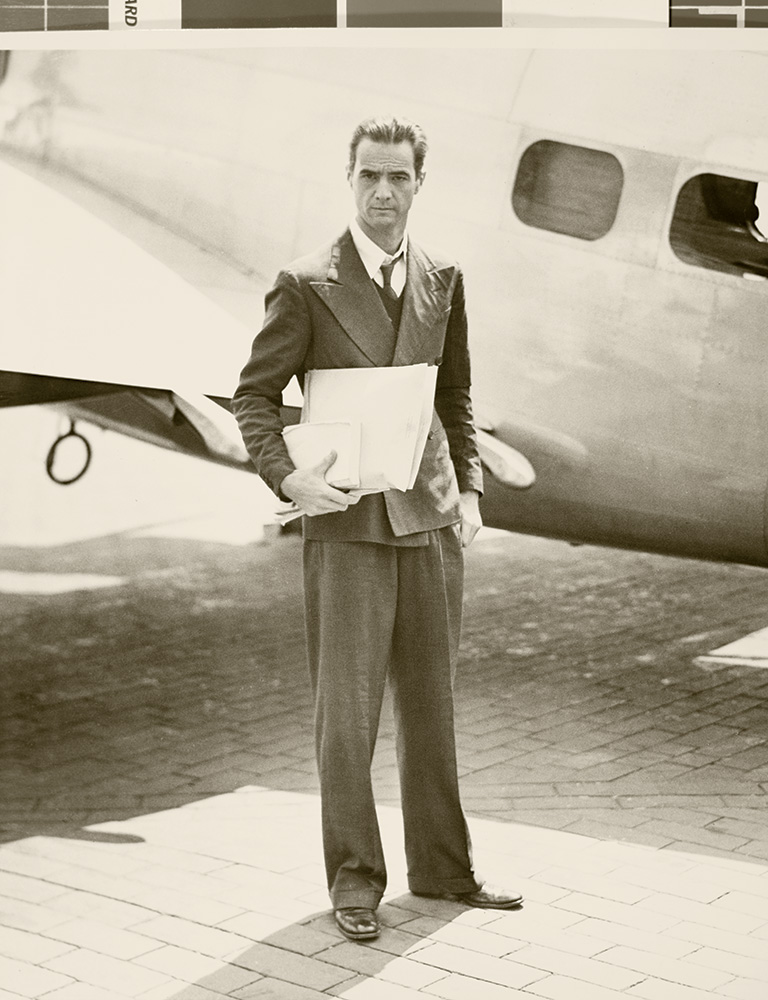
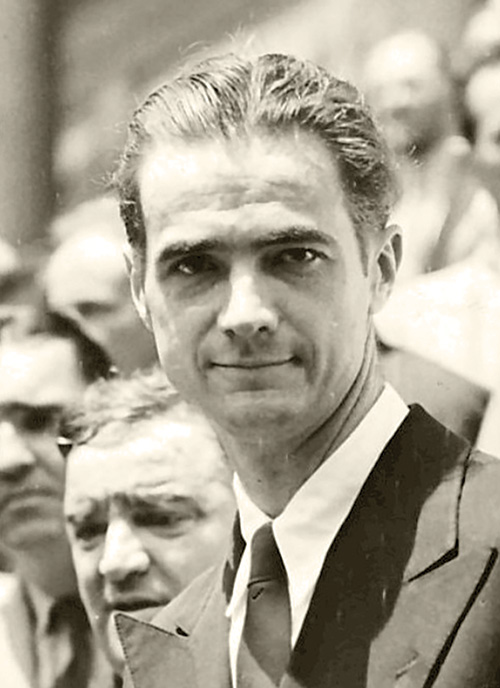
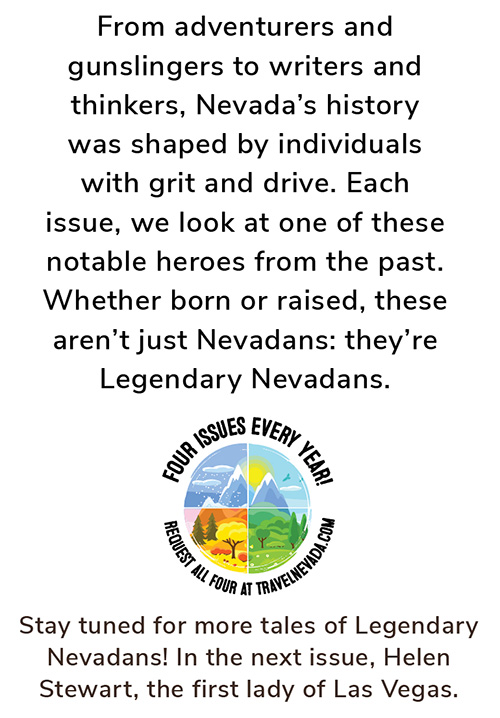 Who was Howard Hughes? He is remembered as the billionaire who spent much of his late life in near isolation. His demand for privacy is the stuff of legend. When he stayed in hotel rooms, adjacent rooms were also rented, and blankets were draped over all windows. Even employees rarely—if ever—saw him, and most communication was done by phone.
Who was Howard Hughes? He is remembered as the billionaire who spent much of his late life in near isolation. His demand for privacy is the stuff of legend. When he stayed in hotel rooms, adjacent rooms were also rented, and blankets were draped over all windows. Even employees rarely—if ever—saw him, and most communication was done by phone.
Hughes attracted controversy and was the subject of many scandalous headlines. His abhorrent behavior is well documented—he was quick to anger, an emotionally and physically abusive partner, and openly bigoted.
Despite his shortcomings, he was a man of many talents. He had boundless energy, countless interests, and a drive to do it all: If Howard Hughes wanted something done, he made it happen. He was a successful film producer, a record-setting aviator, and an inventor (of both aircraft parts and brassieres).
But above all, Hughes was a shrewd capitalist. To best understand this, look no further than the four years he spent in Las Vegas.
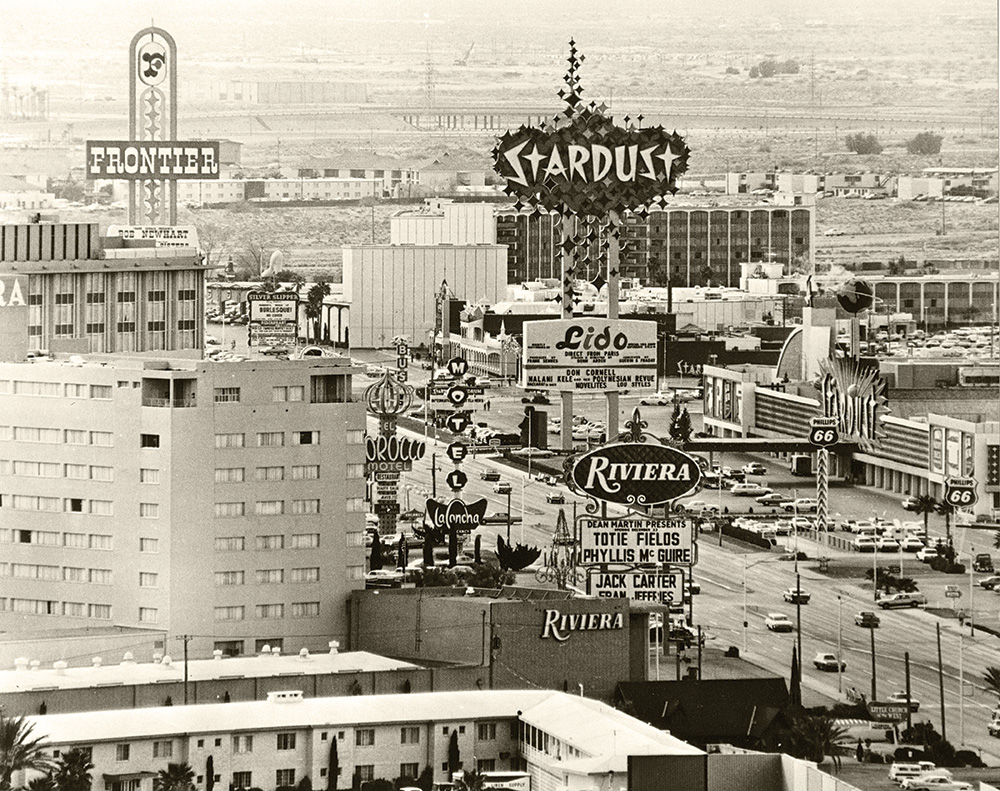
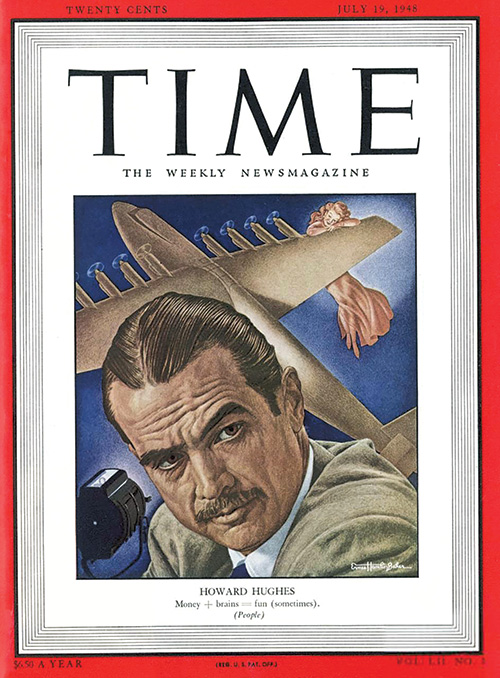 BEFORE THE STORM
BEFORE THE STORM
Hughes first visited Nevada in 1929 when he and actress Billie Dove absconded to a dude ranch outside Las Vegas (although antisocial in his later years, the young Hughes was a playboy). The couple were there to take advantage of Nevada’s liberal divorce laws but abandoned the plan after discovering that their ranch shack did not qualify as a residence.
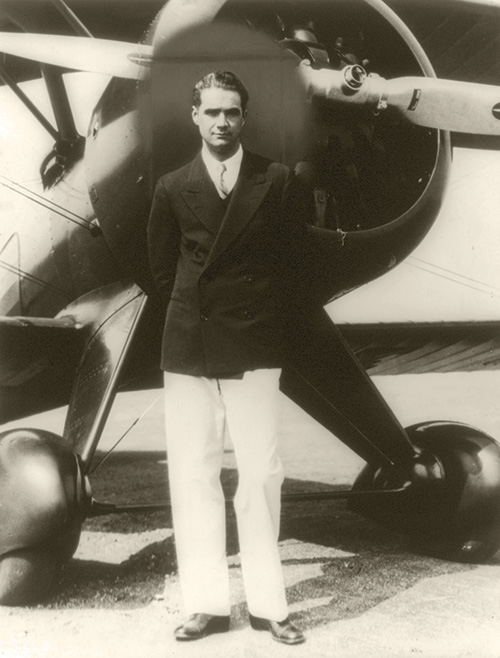
Hughes returned to Nevada during WWII to pilot an experimental seaplane over Lake Mead. The test flight was part of his plan to develop a flying troop transport for the U.S. military. As he attempted to land, the plane crashed into the lake. Hughes survived, but two of his passengers were killed. For the next two months, the gravely wounded Hughes recuperated in nearby Boulder City at the still-elegant Boulder Dam Hotel.
His first long-term Nevada visit was in 1954 when he rented out a five-room residence in Las Vegas called the Green House. He lived there for a year and then ordered the house sealed until his next return. It remained completely undisturbed until his death. When his estate opened the residence, they found a perfectly preserved time capsule from the 1950s.
In 1957, Hughes and actress Jean Peters traveled to Tonopah. By this time, Hughes had fully adopted his persona of privacy: the two married in a secret ceremony at the Mizpah Hotel.
NEW IN TOWN
In 1966, Hughes decided he was tired of living in Los Angeles. He relocated to Las Vegas, a then-small resort city in southern Nevada.
He arrived by train on Thanksgiving Day. Although there was plenty of speculation, no one was sure why he had come to town. True to form, Hughes kept quiet and sequestered himself in the Desert Inn for four months.
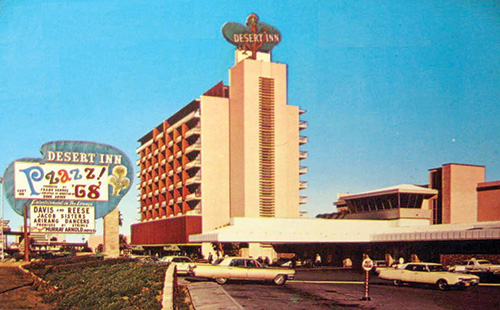
In March 1967, he made his first move. The owners of the Desert Inn were asking Hughes to vacate because he was hogging the rooms reserved for high rollers. Hughes decided to instead buy the property for $13 million.
Hughes knew that an out-of-state billionaire with an eye on property acquisition can rub locals the wrong way. After purchasing the Desert Inn, he announced a $6 million contribution to Nevada’s first medical school. Local leaders were satisfied and began promoting the newcomer as a boon for southern Nevada.
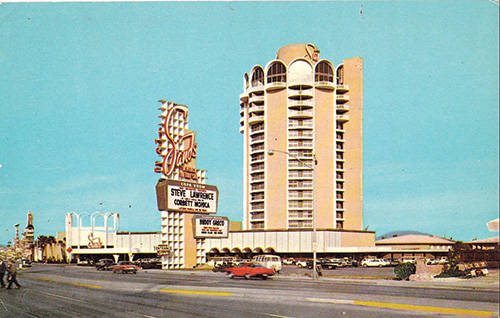
Hughes then began his spending spree. In summer 1967, he purchased a 500-acre ranch in Red Rock Canyon—now Spring Mountain Ranch State Park—the Sands Hotel, and a local airline called Alamo Airways. In September, he acquired the Frontier Hotel, an airport in North Las Vegas, dozens of acres on The Strip, and a local CBS TV station.
By his one-year mark in town, Hughes had spent $100 million ($890 million today), and nobody had seen his face.
MONOPOLY
In early 1968, Hughes announced his plans for Las Vegas’ future. He proposed a supersonic jet airport, a high-speed rail linking the casinos to the airport, and a 4,000-room addition to the Sands that would transform it into the world’s largest resort.
In February, he placed a bid on two more casinos—the Stardust and the Silver Slipper. These acquisitions would officially make him the largest casino owner in town.
The public backlash began, and business leaders issued warnings about Las Vegas becoming a company town run by one man. Hughes backed off and purchased only the Silver Slipper. A few weeks later, he purchased another $11 million in land and a failing casino called The Landmark.
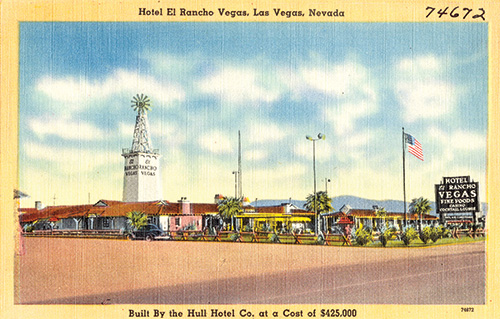 Over the next two years, Hughes began adding properties in central and northern Nevada to his portfolio, including more than 500 mining claims near Tonopah and Reno’s Harolds Club casino. In Las Vegas, he purchased Air West Airlines and negotiated to buy one of the last Strip properties he didn’t own: El Rancho Vegas.
Over the next two years, Hughes began adding properties in central and northern Nevada to his portfolio, including more than 500 mining claims near Tonopah and Reno’s Harolds Club casino. In Las Vegas, he purchased Air West Airlines and negotiated to buy one of the last Strip properties he didn’t own: El Rancho Vegas.
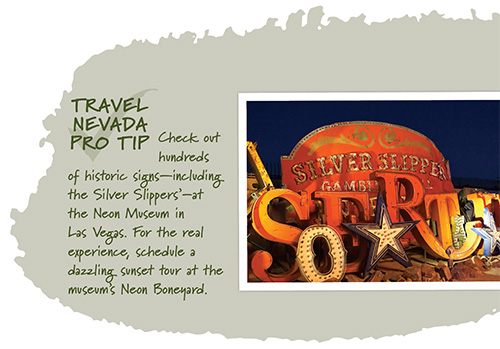
His incredible buyout of the city made national headlines and provoked public outcry and excitement. People couldn’t decide whether Hughes was a tyrannical tycoon or the savior the city needed after decades under Mafia control. In the end, it didn’t really matter. At the peak of his power, Hughes left Las Vegas forever.
Poor health, power struggles within his cabinet, and looming legal pressures convinced Hughes it was time to go. He died six years later in 1976.
His brief foray into Nevada resulted in lasting changes. In 1990, the Hughes Corporation developed the community of Summerlin, a popular destination for homebuyers and home to the Las Vegas Ballpark.

